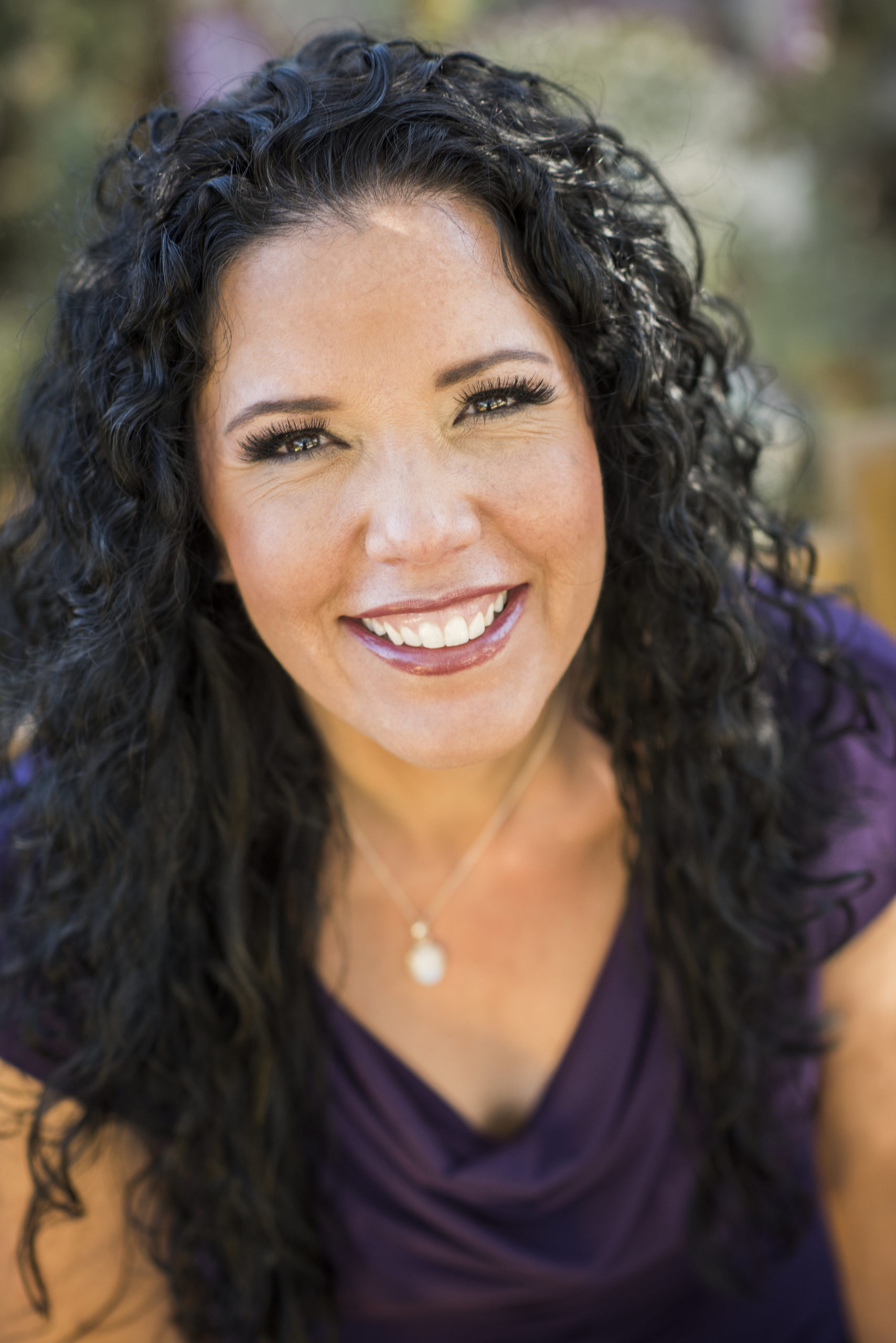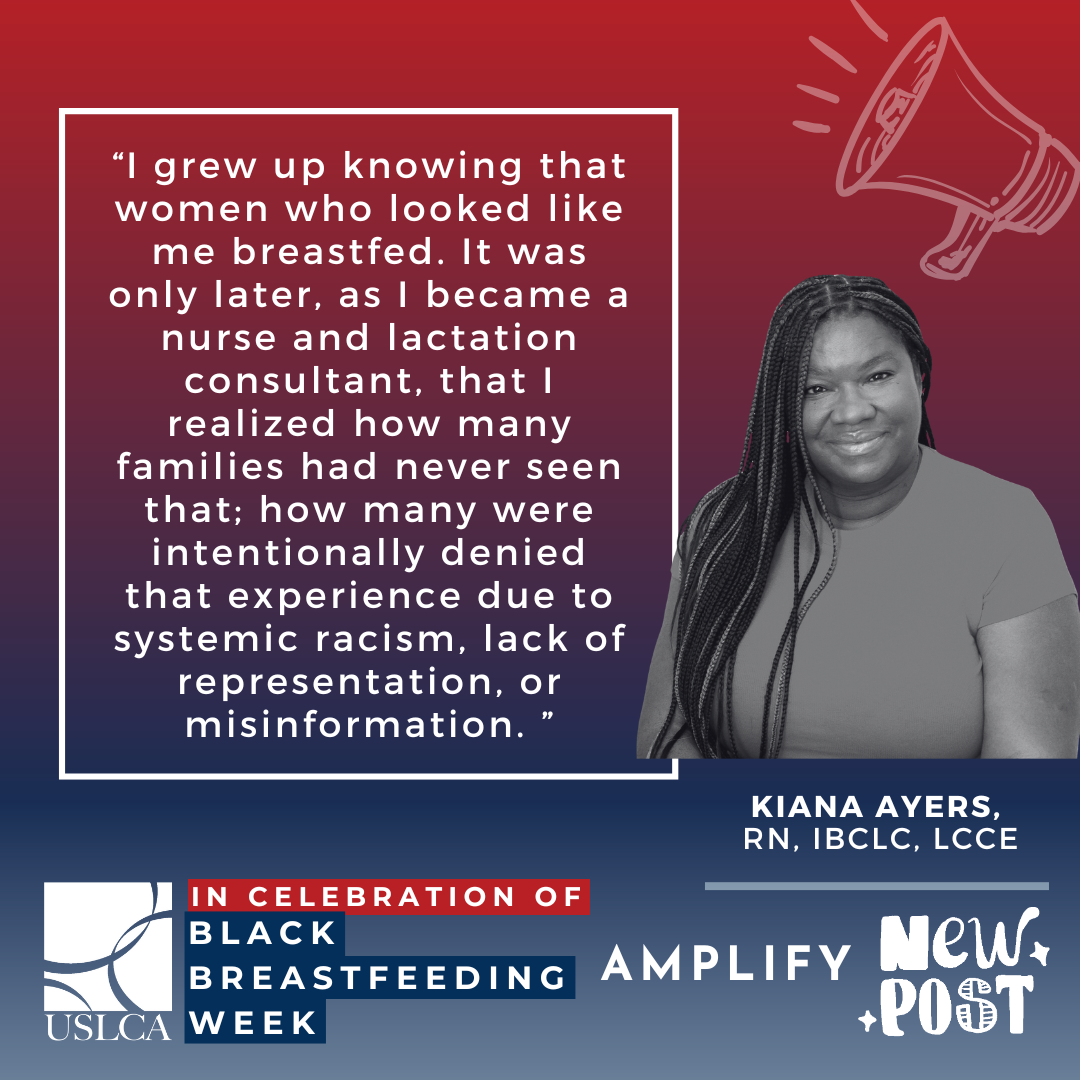By Angela Lober, PhD, RNC, IBCLC
October 21, 2021
 As hospital lactation consultants, we are advocates, academics, clinicians, educators, and mystics. When we meet a family, some of us meet thousands of families every year, we immediately adjust ourselves to fit the needs of the family. We read the room to understand how to best help. Do they want my help? If so, how much help? What kind of help? We look to the baby to see a birth story, a story of adaption, a story of humanity. We choose our words, our thoughts, our intentions with deep consideration for who the parents are within the dynamic complexity that is the moment. We are sensitive to how tired, how medicated, how relieved, how scared, how joyful parents may be. We move with them as they navigate through emotional and physiologic waves that come with a life changing event.
As hospital lactation consultants, we are advocates, academics, clinicians, educators, and mystics. When we meet a family, some of us meet thousands of families every year, we immediately adjust ourselves to fit the needs of the family. We read the room to understand how to best help. Do they want my help? If so, how much help? What kind of help? We look to the baby to see a birth story, a story of adaption, a story of humanity. We choose our words, our thoughts, our intentions with deep consideration for who the parents are within the dynamic complexity that is the moment. We are sensitive to how tired, how medicated, how relieved, how scared, how joyful parents may be. We move with them as they navigate through emotional and physiologic waves that come with a life changing event.
In the hospital we have so little time with a family, one to three days, to gather the ever-evolving information, provide them with the education they need in a way that is specific to them in increments they can absorb, and we do what we can to help match their expectations to the reality of the baby. We provide education, but only the education they are receptive to. We provide intervention, but only interventions they are ready for. And we try very hard not to keep anyone waiting. We rush from one room to the next careful to slow ourselves down as we cross each threshold. Breathe in deep, re-center, and begin.
We collaborate with our lactation consultant colleagues, nurses, doctors, managers, the hospital, and piles of research and care guidelines. At some point we grab a bite to avoid passing out in a patient room. And we do it all from a place of passion and love. There may be times when we choose the wrong word or the wrong approach – we are only human – yet when it happens, we are heartbroken. Letting anyone down is not okay with us. At the end of the day, we just hope we helped.
Through it all we fight the good fight. We rail against a system that is not built to value parents and babies. Where the maternal mortality rate rose from 17.4 per 100,000 births in 2018 to 20.1 per 100,000 births in 2019 (Hoyert, 2021). Compared to other developed countries, the U.S. remains the highest, by a considerable margin, in maternal deaths (Tikkanen et al., 2020). Similarly, the U.S. continues to have highest infant death rate at 5.7 per 1,000 births compared to other developed countries (United Health Foundation, 2020). We understand the variables that contribute to those data. We understand how it all has the potential to affect breastfeeding and increase challenges. Oh, and did I mention we have one to three days to work it out. The system isn’t perfect. We are not perfect, but we are in it 100%. We are in it for our patients, our community, each other, our profession. We are in it for you.
References
- Hoyer, D.L. (2021). Maternal mortality rates in the United States, 2019. NCHS Health E-Stats. doi: https://doi.org/10.15620/cdc:103855.
- Tikkanen, R., Gunja, M.Z., FitzGerald, M., & Zephyrin, L. (2020). Maternal mortality and maternity care in the United States compared to 10 other developed countries. Commonwealth Fund. doi: https://doi.org/10.26099/411v-9255
- United Health Foundation (2020). America’s Health Ranking Annual Report, 2020. United Health Foundation
Bio:
I became a nurse thinking I would become a midwife. I was singularly focused on that career path until I worked at a birth center and experienced life on call. My passion for being with birthing families was outweighed by my need for consistent sleep. This led me right into an existential career crisis, and thank goodness. I looked at the landscape of maternal-child health and saw the huge gap of care that exists after birth. We have given that space a name – the 4th trimester. I came to see breast/chestfeeding as one of the foundational pillars to public health. I became an IBCLC in 2005 and have devoted myself to uplifting and upholding breast/chestfeeding families and our profession.
The content of this post does not imply endorsement and may not reflect the position of USLCA.



